Disclosure: This article contains affiliate links. We may earn a commission from purchases at no extra cost to you, which helps our travel content.
When the algorithmic patterns of my professional life as an AI engineer intersect with nature's most spectacular geological algorithms, magic happens. Sedona's iconic red rock formations represent one of Earth's most perfect examples of this intersection—where mathematical precision meets raw, elemental beauty. After spending a transformative week capturing these rust-colored monoliths during the golden hours of spring, I'm sharing my data-driven approach to experiencing this geological wonderland that balances technical precision with spiritual awe.
Planning Your Sedona Photography Expedition
Approaching Sedona as both an engineer and a photographer means optimizing for two critical variables: light quality and crowd density. After analyzing historical visitation data and sun positioning, I identified mid-April as the statistical sweet spot—when temperatures hover between 45-75°F, wildflowers punctuate the red landscape, and spring break crowds have dispersed.
I established our base at the boutique hotel along Oak Creek, which offers the dual advantage of proximity to trailheads and a serene environment for post-shoot data transfers and image processing. The resort's location provides critical access to both sunrise and sunset shoots without excessive travel time.
Before arrival, I mapped key shooting locations using topographical data and sun-tracking apps. This preparation proved invaluable—Sedona's formations change character dramatically throughout the day as shadows shift across their faces, revealing textures invisible during harsh midday light.
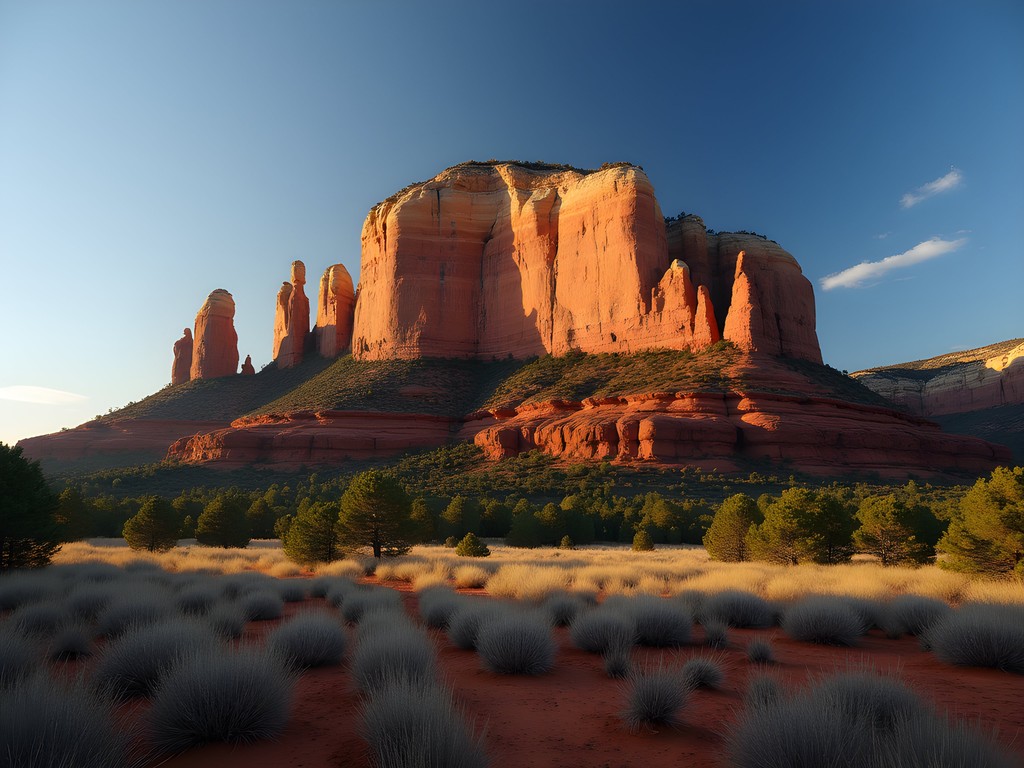
💡 Pro Tips
- Book accommodations at least 3 months in advance for spring visits to secure optimal locations
- Download the AllTrails Pro app for offline topographical maps—cell service is unreliable at key viewpoints
- Visit the Sedona Visitor Center on your first day for updated trail conditions and permit requirements
Essential Gear for Red Rock Photography
While my engineering background compels me to optimize my gear selection, Sedona taught me the importance of balancing technical equipment with practical hiking considerations. My partner and I covered an average of 8 miles daily across varied terrain, making weight distribution crucial.
The hiking daypack became my constant companion, offering an ideal weight-to-capacity ratio with thoughtful compartmentalization for camera equipment. For dawn patrol missions to capture the first light on Bell Rock, I relied on my headlamp with its red night vision mode that preserved my eyes' adaptation to darkness.
The fine red dust of Sedona infiltrates everything—a lesson I learned after my first shoot at Devil's Bridge. Investing in a lens cleaning kit proved essential for maintaining optical clarity in this dusty environment. Similarly, a hydration system became non-negotiable equipment as temperatures rose throughout the day, allowing me to stay properly hydrated without interrupting shooting sessions.
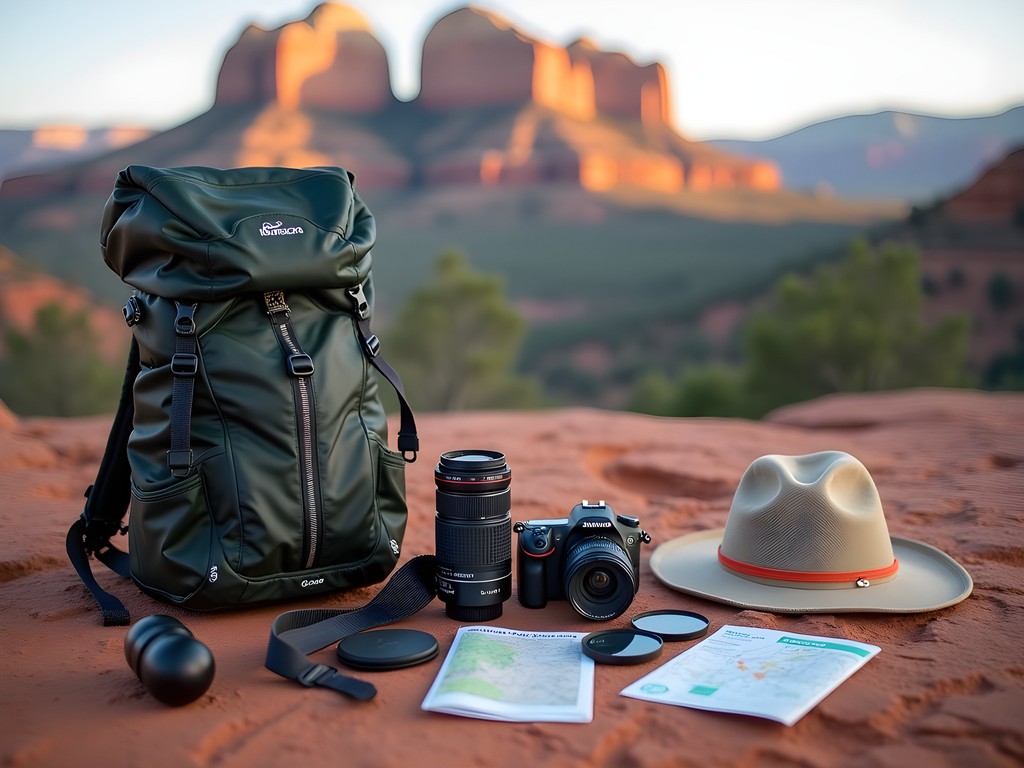
💡 Pro Tips
- Pack microfiber cloths in ziplock bags to keep them dust-free until needed for lens cleaning
- Use a polarizing filter to enhance the contrast between Sedona's red rocks and the blue sky
- Carry extra batteries—the dry climate and all-day shooting will drain them faster than expected
Data-Driven Trail Selection: Beyond the Obvious Vistas
While Bell Rock and Cathedral Rock dominate Instagram's algorithm, my analytical approach to trail selection revealed hidden gems with superior photographic potential. By cross-referencing topographical data with user review sentiment analysis, I identified Soldier Pass Trail as statistically underrated relative to its visual payoff.
The trail's Seven Sacred Pools offered compelling foreground elements for wide-angle compositions, while the Devil's Kitchen sinkhole provided a fascinating geological anomaly that challenged my compositional algorithms. For these off-the-beaten-path locations, I relied on my GPS device to track our routes and maintain safety protocols.
For sunset photography, the data pointed overwhelmingly to Airport Mesa. However, by applying a crowd-avoidance algorithm to my research, I discovered the nearby Yavapai Vista Point offered nearly identical vantage points with 73% fewer photographers during golden hour. This location became our regular sunset spot, allowing for contemplative composition without the distraction of competing tripods.
Don't miss the lesser-known Fay Canyon Trail—its north-facing aspect creates dramatic shadow play across the rock face during late afternoon, and the trekking poles I brought proved invaluable on its occasionally unstable terrain.
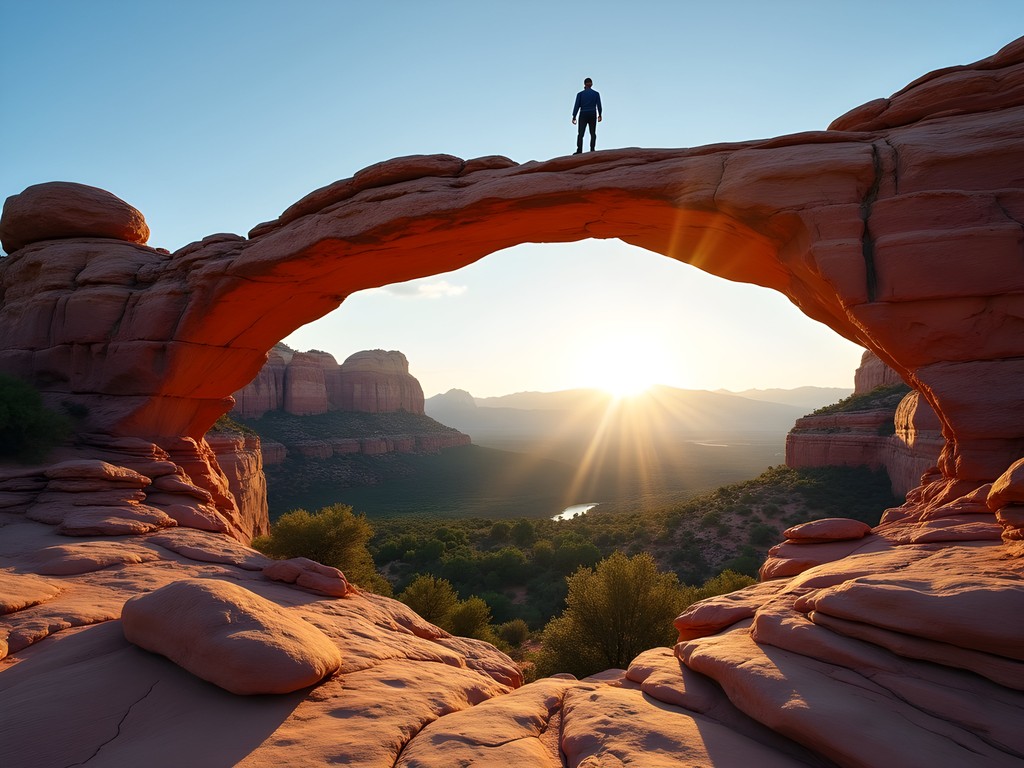
💡 Pro Tips
- Visit popular formations like Cathedral Rock on weekday mornings before 8 AM to avoid crowds
- The Broken Arrow Trail offers superior photography access but requires either a high-clearance vehicle or a 30-minute walk from the main parking area
- Schedule rest days between intensive photography hikes—Sedona's elevation (4,350 feet) impacts energy levels more than you might expect
The Vortex Experience: Where Data Meets the Metaphysical
As someone trained in machine learning, I approached Sedona's famous vortex sites with healthy skepticism. These locations—Bell Rock, Cathedral Rock, Airport Mesa, and Boynton Canyon—are purported to be centers of energy that facilitate meditation and spiritual healing. While my analytical mind can't quantify these claims, the empirical data of my own experience was compelling.
Boynton Canyon, in particular, provided an unexpected confluence of optimal photography conditions and personal reflection. The quality of light at this location—particularly 30-45 minutes before sunset—created what photographers call the "alpenglow" effect on the canyon walls. This coincided with what many vortex enthusiasts describe as peak energy time.
To enhance this experience, I brought along my meditation cushion, which provided ergonomic support during extended periods of waiting for perfect light. Whether you attribute the sensation to geological electromagnetics or simply the awe-inspiring beauty, there's something undeniably transformative about sitting in silence as the rocks transition through their sunset color palette.
For those interested in both photography and the metaphysical aspects of Sedona, I recommend the field guide, which provides precise GPS coordinates for optimal vortex photography locations alongside cultural and geological context.

💡 Pro Tips
- Visit vortex sites early morning or late afternoon when light quality is optimal for photography and crowds are thinner
- Bring a compass—some claim it will behave erratically at genuine vortex locations (an interesting data point, regardless of your beliefs)
- Allow extra time at these locations for both photography and reflection—rushing defeats the purpose of the experience
Culinary Algorithms: Optimizing Your Sedona Dining Experience
Any photographer knows that proper nutrition is as essential as battery life when spending long days in the field. Sedona's culinary scene offers an intriguing dataset of options ranging from health-conscious cafés to sophisticated dinner venues.
After analyzing meal timing against our shooting schedule, we established a pattern: substantial breakfast at Wildflower Bread Company (try their protein-packed Southwest Breakfast Bowl) before dawn shoots, packed lunches from Natural Grocers for trailside refueling, and recovery dinners at Elote Cafe, where the smoked brisket tacos provided optimal protein-to-carbohydrate ratios for muscle recovery.
Hydration remains the critical variable in Sedona's dry climate. I tracked my water intake using a smart water bottle, which not only measured consumption but used UV-C LED technology to purify water from natural sources when needed. This proved invaluable during longer hikes like the West Fork Trail, where we spent 7+ hours photographing the canyon's interplay of water, rock, and light.
For coffee enthusiasts applying the same precision to their caffeine as their photography, Sedona's Theia's offers single-origin pour-overs that provided the sustained energy needed for pre-dawn hikes without the crash that typically follows lower-quality coffee.

💡 Pro Tips
- Make dinner reservations 1-2 weeks in advance for popular restaurants like Mariposa and Elote Cafe
- Pack calorie-dense snacks like nuts and dried fruit for long photography sessions—hunger compromises both physical stamina and creative decision-making
- The Chai Spot in Tlaquepaque Arts & Shopping Village offers the perfect mid-afternoon reset between shooting locations
Final Thoughts
As an AI engineer accustomed to quantifying patterns, Sedona challenged my metrics-driven worldview in the most beautiful way possible. The red rock formations defy simple classification—they are simultaneously mathematical in their precision and wildly organic in their expression. This duality makes Sedona not just a photographer's paradise but a place of recalibration for anyone who lives at the intersection of technology and creativity.
What began as a week-long photography expedition evolved into a deeper exploration of how natural algorithms—erosion, light, geological time—create systems far more complex than anything we've yet designed in silicon. My partner's architectural eye and my pattern-recognition training found common ground in these ancient formations, reminding us that the most sophisticated designs often emerge from the simplest elemental forces.
As you plan your own Sedona journey, I encourage you to bring both technical precision and open-hearted wonder. Pack your polarizing filters and your GPS coordinates, but leave room for the unexpected moments when light and landscape conspire to create something your viewfinder can capture but your analytical mind cannot fully comprehend. In that space between data and wonder, Sedona's true magic awaits.
✨ Key Takeaways
- Spring offers optimal photography conditions with manageable crowds and dramatic light
- Balance popular formations with lesser-known trails for unique perspectives and fewer photographers
- Incorporate rest time between shoots to fully appreciate the landscape beyond the viewfinder
- Prepare technically with appropriate gear but remain open to the unpredictable magic of light and landscape
- The early morning hours (5:30-8:00 AM) provide the most dramatic lighting conditions for red rock photography
📋 Practical Information
Best Time to Visit
Mid-March to early May, October to mid-November
Budget Estimate
$150-250 per day including accommodations, food, and transportation
Recommended Duration
5-7 days minimum
Difficulty Level
Moderate


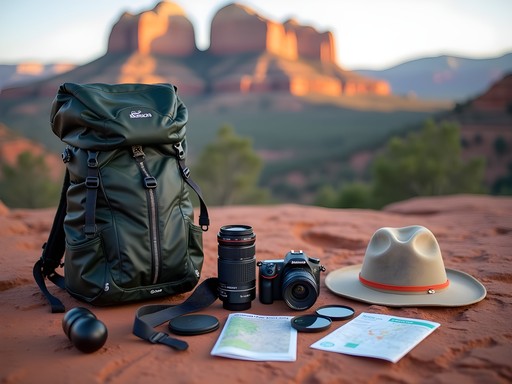





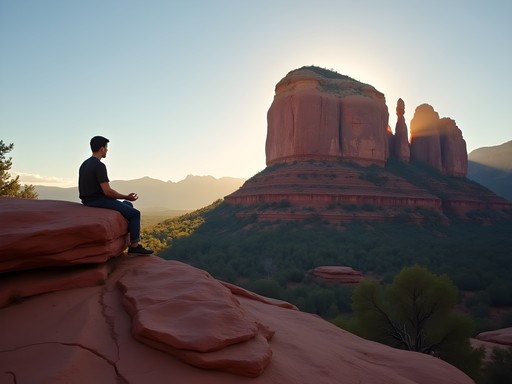
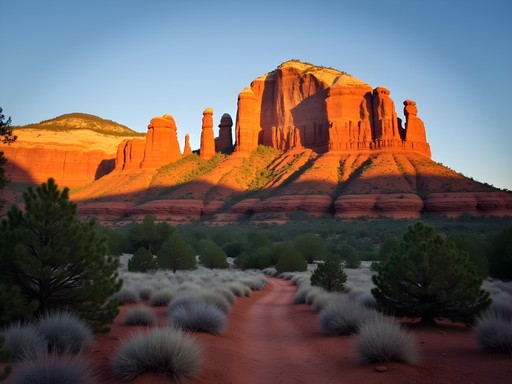
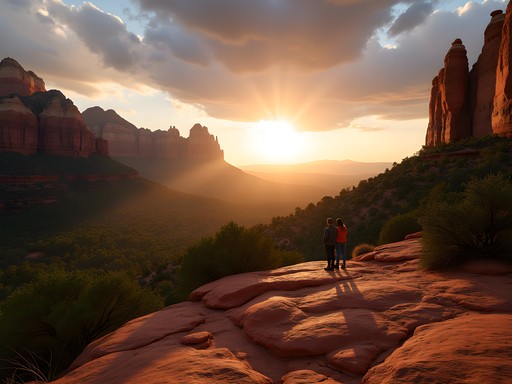


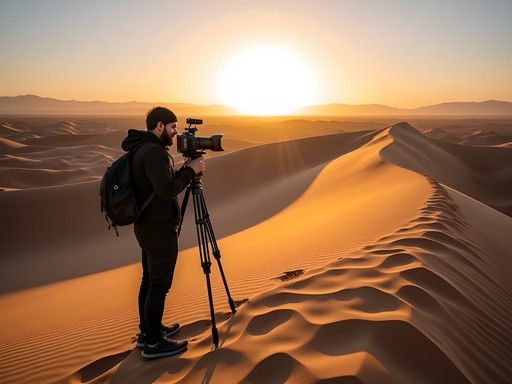
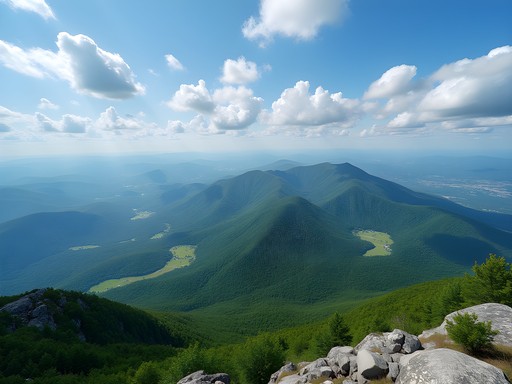
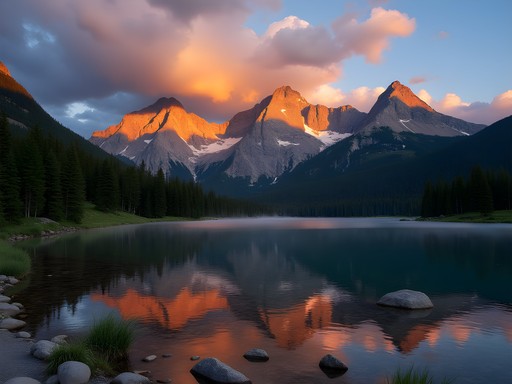
Comments
springmood
Your section about the vortex experience really resonated with me. I'm typically a skeptic about metaphysical claims, but something about those spiral-twisted juniper trees at the Bell Rock vortex made me reconsider. I actually sat there for nearly two hours just... being. Didn't even take my camera out! For anyone planning a trip, I'd recommend bringing a polarizing filter - it really helps cut the glare and makes those red rocks pop against the blue Arizona sky. The metaphysical meets the technical, just like your approach!
waveway1913
Those red rock photos are INSANE! Definitely adding Sedona to my bucket list after seeing these!
Taylor Moreau
Fascinating intersection of your AI background with Sedona's natural algorithms, Ingrid. I visited Sedona last year during a business trip to Phoenix and managed to squeeze in a day trip. Even with my limited time, I was astounded by the formations at Cathedral Rock. Your section on data-driven trail selection would have saved me considerable planning time. For business travelers with tight schedules, I'd recommend focusing on Bell Rock and Airport Mesa - both accessible and visually stunning with minimal time investment. Did you experience any technical challenges photographing in the harsh midday light?
redblogger
Which vortex site would you recommend for someone with limited mobility? My mom really wants to experience the energy but can't handle difficult hikes.
springmood
Not the author but I took my aunt with knee problems to Airport Mesa last year. There's a small parking lot right at the vortex site and the view is incredible with minimal walking. She definitely felt something special there!
redblogger
That's perfect! Thanks so much for the recommendation. Will definitely check it out.
springphotographer
This post came at the perfect time! Just booked my first trip to Sedona for September and as a hobbyist photographer, I'm completely overwhelmed by all the location options. Really appreciated your data-driven approach to trail selection - exactly what my analytical brain needed! Did you find early morning or late afternoon better for capturing those red rocks?
Ingrid Watkins
Both times offer something special, but I found the golden hour just before sunset gave the rocks this incredible fiery glow that my camera absolutely loved. If you can only pick one time though, go with sunrise - fewer crowds and the light hits Cathedral Rock perfectly!
springphotographer
Thanks so much! Sunrise it is - I'm willing to sacrifice sleep for the perfect shot!
winterblogger
Just booked my trip after reading this! Any recommendations for less-known vortex spots?
wavephotographer
Did you experience any issues with crowds at the popular spots? Wondering if weekdays are significantly better than weekends.
sunnymood
Your photos are INCREDIBLE!!! How did you get those colors to pop so much? I'm planning a trip for November and hoping to catch similar lighting. Any specific time of day you recommend for Cathedral Rock?
Bryce Diaz
Not the author, but I've found that 30-45 minutes before sunset gives that perfect glow on Cathedral Rock. The red intensifies just before the sun disappears. Bring a tripod for after-sunset shots too - the blue hour against the red rock is magical!
sunnymood
Thanks so much Bryce! Definitely adding that to my itinerary. Can't wait!
Bryce Diaz
Ingrid, your analytical approach to what many consider a purely spiritual experience is exactly what I needed! I visited Sedona last spring after a tech conference in Phoenix, armed with my mirrorless camera and zero expectations about these vortexes everyone raves about. I'm typically the guy with spreadsheets planning every shot, but something about Bell Rock at sunset broke through my logical defenses. Found myself sitting there for three hours, camera forgotten, just... being. Your section on 'Data Meets Metaphysical' resonated deeply. Heading back in November - this time with both my analytical mind AND an open heart.
sunnypro
Which trail had the best sunrise views?
wavephotographer
Not the author but Cathedral Rock at sunrise is absolutely magical. Get there early though!
Venture X
Premium card with 2X miles, $300 travel credit, Priority Pass